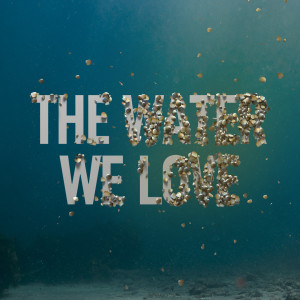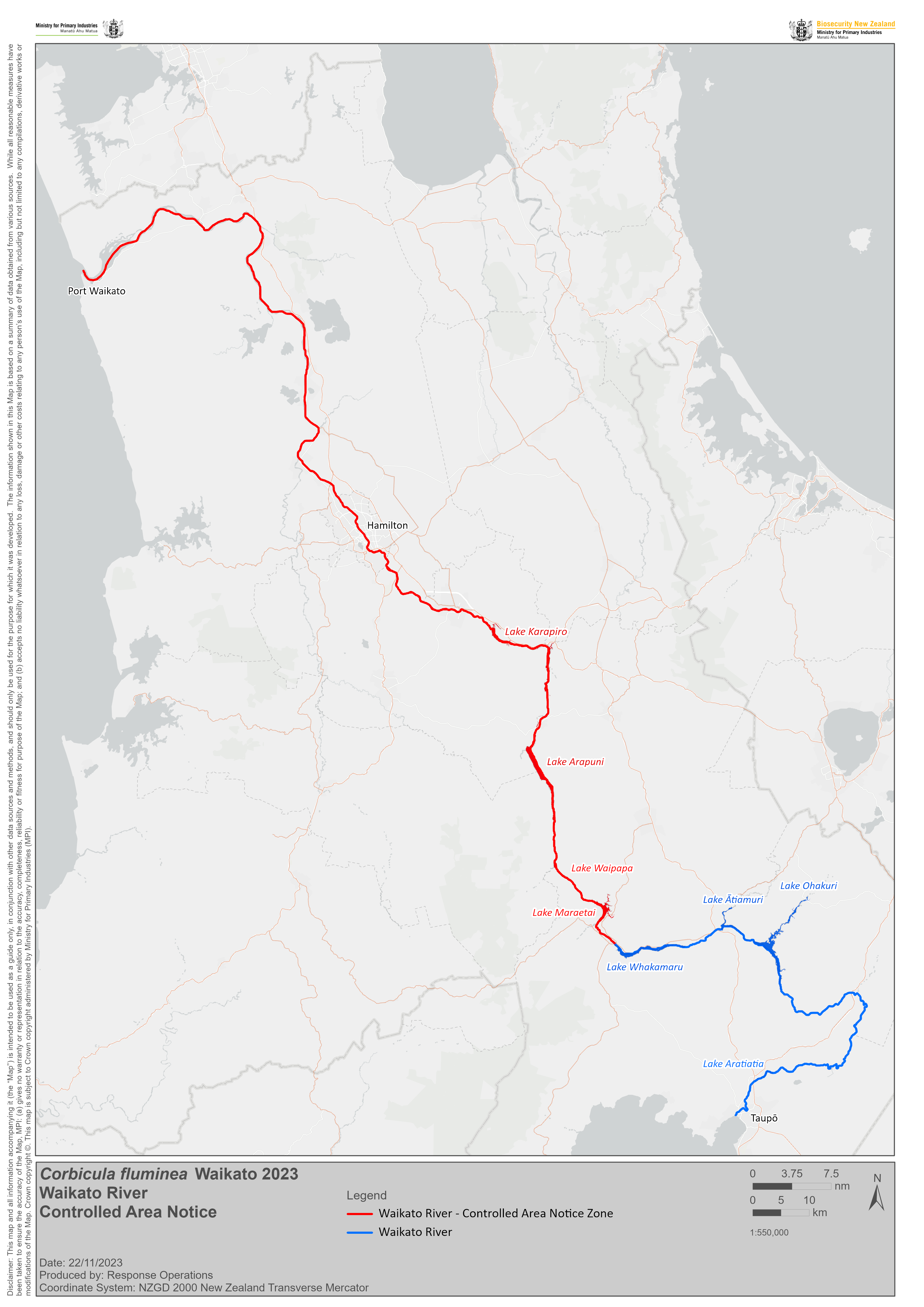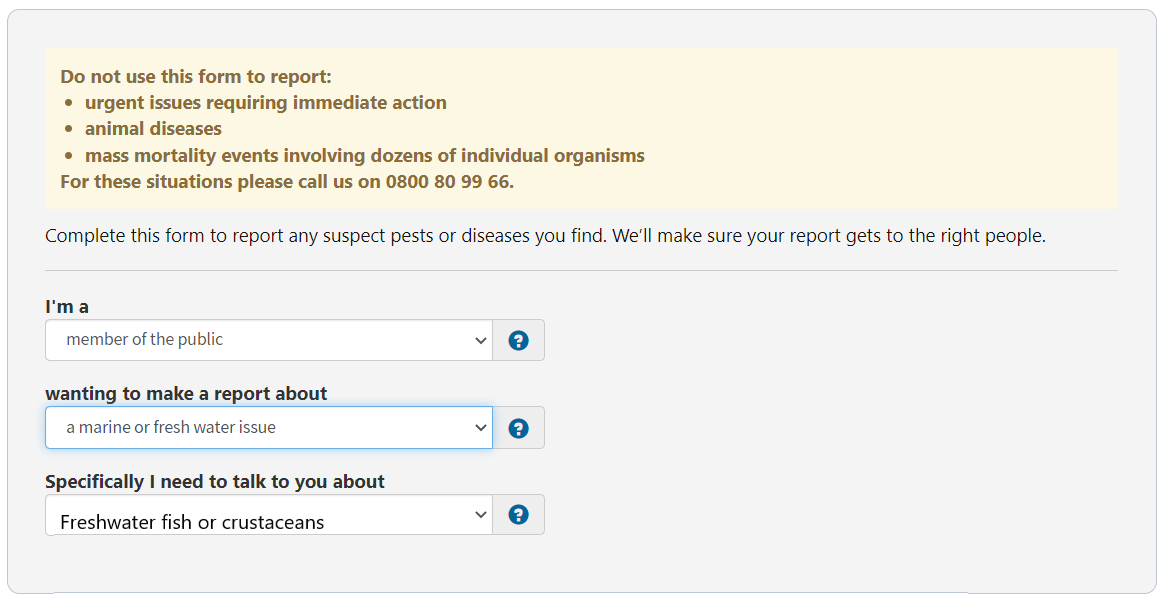Biosecurity New Zealand has been working in partnership with iwi, councils and other key stakeholders to protect the water we love by preventing the spread of freshwater clams. Legal controls are in place to make sure the clams don't spread from their known locations, and we are carrying out extensive surveillance of rivers and lakes in the Waikato and Bay of Plenty, as well as nationally.
On this page












